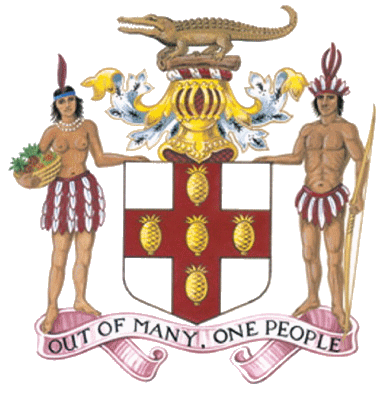Statement by Hon. Rev. Ronald Thwaites, Minister of Education
To the House of Representatives, June 16, 2015
Mr Speaker, I wish to update this Honourable House on matters related to the Education Sector.
I begin by presenting a preliminary report on the performance of students on the Grade Six Achievement Test (GSAT) for 2015. The results will be available to the primary level institutions on the evening of Wednesday June 17, 2015.
The Grade Six Achievement Test was administered on March 26 and 27, 2015. The examination was conducted in over 1,000 schools; 38,662 students (18,399 males and 20,263 females) were eligible to sit the examination.
Student Performance improved in four of the five subject areas on which they were tested. Social Studies leads the way with six percentage-points increase above last year’s average. Members will recall that last year we adjusted the curriculum for Social Studies to make it more focused and reduced the number of test questions to make them comparable with the Science test.
Communication Tasks recorded the next largest increase –three percentage points. This is followed by marginal increases in Language Arts and Science. There was an actual decrease of 3.7 percentage points in student performance in Mathematics.
ANALYSIS -MATHEMATICS
Although the decline in student performance in Mathematics is of concern to us at the Ministry of Education, our analysis points to an area of teaching and learning that requires targeted intervention. In this year’s Mathematics test we increased the number of items that required students to reason and apply concepts.
The challenge students faced handling these items may be attributed to one of the issues with which the ministry continues to contend as it relates to the teaching and learning of mathematics – emphasis on rote learning rather than the teaching of concepts. Placing an emphasis on students remembering steps without an understanding of the underlying concepts will affect the ability of students to handle items they may consider as unusual or non- routine.
Taking this into consideration, plans are currently being put in place to provide additional levels of support to the system under the National Mathematics Programme in the following ways: –
– Increased efforts to support schools (sending and receiving) in analysing GSAT profiles and using the data to make decisions about teaching and learning including the development of remediation programmes to support incoming grade 7 students to ensure that identified gaps are treated as well as the development of programmes designed to improve the capacity of student to reason and apply mathematical concepts
– Continued emphasis on the teaching of concepts during professional development sessions facilitated for teachers at the regional and school level at both the primary and secondary levels of the education system. This will be supported by increasing the access to sample lesson plans built around these strategies
– Working closely with principals and teachers of the current Grade 5 to ensure they are equipped to make the necessary adjustments to their programmes by ensuring there is greater emphasis on concept building and to strengthen their capacity to develop and administer assessment tools which require increased levels of reasoning and application
– Continued implementation of strategies targeted at changing the culture surrounding the teaching and learning of mathematics so that all stakeholders recognise that mathematics and numeracy speak to the use of ideas not only in the classroom but in everyday life. As a result, the experiences we offer our children must include those which allow them to develop an appreciation of the applicability of the concepts they are learning not just in the classroom but in everyday life.
STUDENT PLACEMENT
Of the thirty seven thousand, five hundred and seventy five (37, 575) students who sat the examination, thirty three thousand, five hundred and forty six (33, 546)were placed in High Schools;
Three thousand, one hundred and seventy – seven (3,177)were placed in Technical Schools; eight hundred and thirty six (836) were placed in Primary and Junior High; fifteen (15)in Special Schools and none in All-Age and private institutions. Of note, is the significant decline in placements in All-Age and Primary & Junior High Schools.
Additionally, twenty seven thousand, one hundred and eighty nine (27,189) or seventy three per cent (73%) of students were placed in their preferred schools. Nine thousand, four hundred and eighty six (9, 486) or twenty five per cent (25%) of students were placed in terms of the proximity to the schools they are currently attending and eight hundred and ninety nine (899) or two per cent (2%)were placed manually, in proximity to the address they submitted.
The Ministry of Education is employing strategies to increase quality secondary school places by taking schools off shift, reducing overcrowding, and improving the quality of facilities, teaching and learning.
REMEDIAL ACTION
In addition to the remedial measures already mentioned regarding Mathematics, the Ministry of Education considers students scoring fifty per cent (50%) or less in any subject in need of intervention in order to adequately manage Grade 7 studies.
Therefore, all high schools are being directed to:
1. Make full use of the GSAT subject profiles for each student in order to determine weaknesses.
2. Undertake upgrading and remediation at the outset of Grade 7.
The Ministry is ready to provide specialist intervention to schools, particularly in areas of Language Arts and Mathematics.

